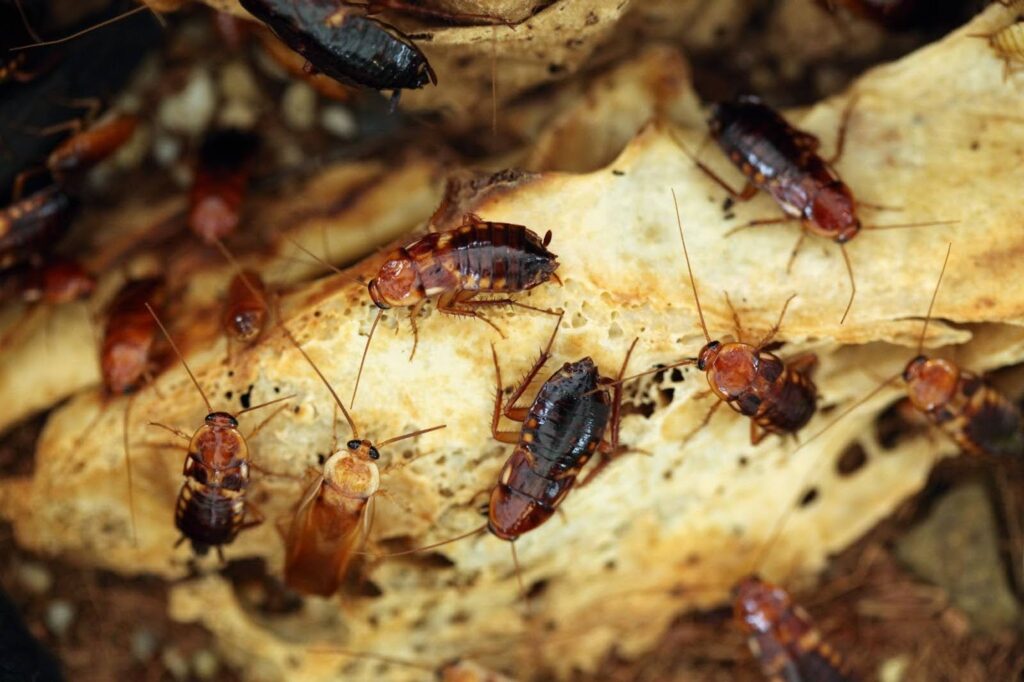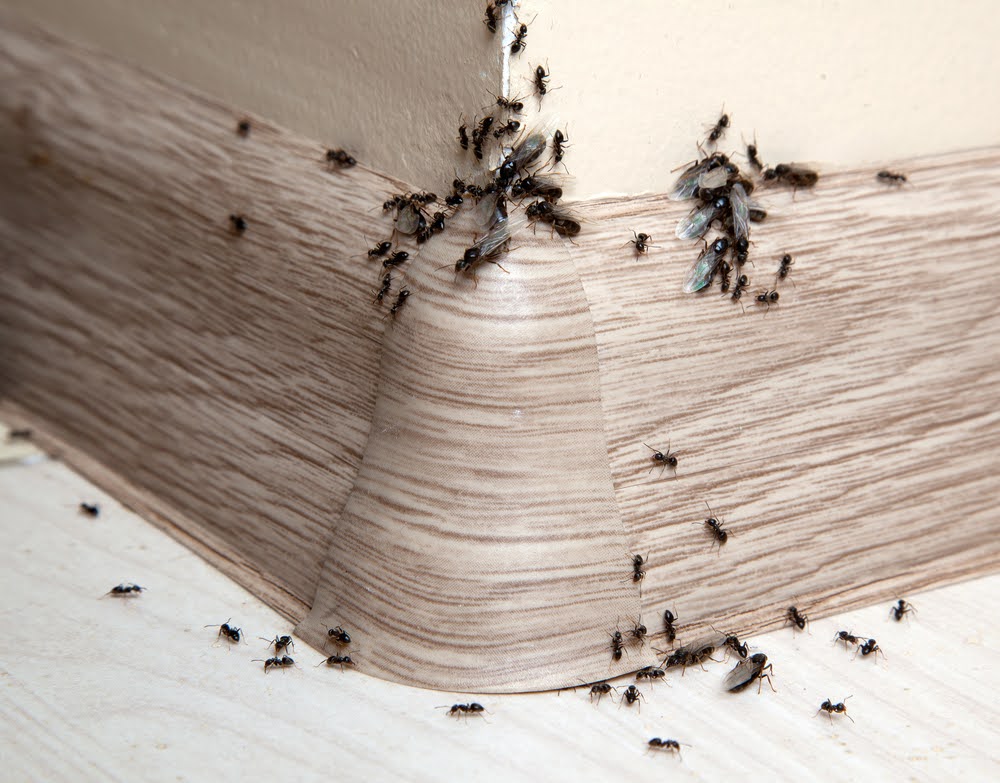It’s a warm summer evening, you’re settling in to watch your favorite show, and out of the corner of your eye, you spot a roach scurrying across the kitchen floor.
Ugh. Not exactly the houseguest you were hoping for, right? The good news is that you can avoid these unwelcome surprises in the future by following the best tips for indoor pest prevention.
Whether you’re in sunny Arizona, breezy Massachusetts, bustling New York, or scenic Utah, pests can find their way inside.
But don’t worry—at proof. Pest Control, our team has the expertise to help keep your home positively pest-free.
Here’s everything you need to know about protecting your space from pests in the long term:
Why Indoor Pest Prevention Matters

Pests aren’t just creepy. They can also pose serious risks to your health, belongings, and peace of mind. For example:
- Cockroaches: These creatures, many of which go unseen in your home, can trigger asthma and allergies, especially in children..
- Mice and Rats: Rodents can chew through wires, creating fire hazards, and spread diseases like hantavirus.
- Ants and Termites: These tiny invaders can cause significant damage to wooden structures and furniture.
The risk of a pest infestation doesn’t just go away with the seasons, either. Many pests survive (and thrive) in your home year-round, regardless of where you live. Implementing preventive measures year-round will help you make sure your home stays healthy and comfortable, no matter what time of year it might be.
Three Steps for Effective Indoor Pest Prevention

Curious how you can pest-proof your home without spending a fortune? Here are some tips:
Step 1: Keep Your Home Clean and Clutter-Free
Pests thrive in unclean environments, so one of the best defenses is maintaining cleanliness. Focus on the following elements:
- Food Storage: Keep all food in sealed containers made of plastic, glass, or metal.
- Daily Cleaning: Wipe down surfaces with soapy water to remove crumbs and spills, and vacuum floors regularly.
- Garbage Disposal: Take out the trash daily and ensure bins are sealed to prevent easy access for pests.
Step 2: Seal Entry Points
Pests are experts at squeezing through even the tiniest openings. To keep them out, inspect your home carefully, checking for cracks and gaps around windows, doors, and plumbing fixtures.
Next, add weatherstripping to your doors, and seal up any holes with caulk or steel wool. Also pay close attention to your vents, making sure they’re covered with mesh screens to block access for pests who may want to take shelter inside your home.
Step 3: Manage Moisture and Reduce Hiding Spots
Pests prefer damp and dark areas. Minimize their hiding places by:
- Fixing Leaks: Repair any plumbing issues, such as dripping faucets or leaking pipes, to remove water sources.
- Dehumidifying: Use a dehumidifier in basements, kitchens, or other moisture-prone spaces.
- Yard Maintenance: Keep firewood, mulch, and debris away from exterior walls to limit entry points for pests.
Keep Your Home Pest-Free with proof.

Ants in the house on the baseboards and wall angle
The first step to a pest-free home is prevention, and there’s no better partner than proof. Pest Control. Our high-quality treatments and expert techniques guarantee your home remains safe, comfortable, and pest-free.
Serving customers nationwide—from Arizona to Massachusetts and beyond—we’re here to bring comfort and peace of mind to your home. Get your free quote today—because no one likes pests sharing their space!
Did You Know?
Avoid using pesticides indoors whenever possible. Research from the University of Maryland emphasizes that pesticides break down slower indoors, increasing your household’s exposure to toxic chemicals. Instead, focus on preventive measures or opt for professional, eco-friendly pest control services like ours.
FAQ
What are the most common pests found indoors?
Some of the most common indoor pests include cockroaches, ants, spiders, mice, and termites. Each poses unique challenges, so accurate identification is key to controlling infestations.
Can pests enter a clean home?
Yes, even the tidiest homes are at risk if structural entry points or water sources attract pests. Cleaning helps, but sealing gaps and maintaining your home environment is equally critical.
Do DIY solutions work for pest prevention?
DIY methods like sealing gaps and regular cleaning can significantly reduce the chances of infestation. However, for persistent or major pest issues, professional services like proof. Pest Control offers effective long-term solutions.
Are there specific indoor pest prevention tips for certain seasons?
Absolutely! Seasonal maintenance is crucial. In the spring and summer, check for ants trails and wasp nests. In the fall and winter, inspect your home’s foundation and attic for rodents seeking warmth.
How often should pest prevention measures like inspections be conducted?
Regular inspections (monthly or quarterly) are ideal, especially in areas that are prone to infestations. Professional services like ours at proof. Pest Control include year-round treatments with our Pest-Free Guarantee™.

